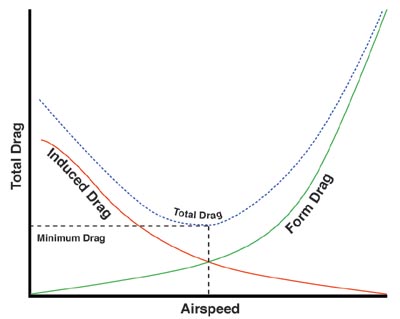Heres a little insight from a sim junkie (who also has an ATP and CFI).
The only way someone is going to be answer this question specfically is if they possess both the mathmatical knowledge to accurately solve the equation AND they also have the specific numbers available for the particular example aircraft. These numbers are generally proprietary and are generally not found easily (coefficient of drag, coefficient of lift, etc). You could substitute these for some generic numbers if you could find them. I am not that well versed in mathematics to do so, even if I did have the numbers.
Generally speaking the answer is as indicated above: a heavier aircraft will fly slower due to the increased induced drag. In order to answer your specific question of “how much” slower or faster aircraft A or B will fly I conducted a little experiment using microsoft flight simulator. You can of course do the same if you have the software. This is a good way to bypass the need for the math as the simulator is solving the equations for you in real time.
Take any aircraft and load it to maximum weight and climb to cruise altitude. In order to keep this as realistic as possible I used a payware PMDG 737-900ER (with winglets) and climbed to FL280. I didnt climb higher as I wanted to stay away from the problems associated with the “coffin corner” and the backside of the power curve and I wanted to make sure I had a good buffer until hitting maximum mach speed (MMO) for the sake of the experiment,
Now make sure you have autothrottles disengaged if applicable and note the power setting and airspeed.
Next take your aircraft and bring it down to about 10% fuel this will bring the weight down considerably. In the case of my 737, about 50,000 lbs lighter, which is roughly 30% of the aircrafts MTOW.
What you will notice is that (as long as you kept the aircrafts throttle in the same position and autothrottles off) that the aircrafts speed will steadily increase. In the case of my 737 28 kts faster or about a 10% increase in airspeed (took about a minute).
This serves to illustrate that the induced drag created by a higher weight is definitely not neglible.
So back to your point of mass not being a factor in the drag equation. It acually is, it is just compensated for underneath drag, if you expanded the equation out you would see that mass is most certainly accounted for. Furthermore I see your point about induced drag becoming less of a factor as airspeed increases. This is much more difficult to answer, however I suspect it is because the “drag curves” chart you are looking at is a very large scope, and at the airspeeds on the extreme right of the X axis (airspeed) are so high that eventually induced drag becomes a negligible factor. Also keep in mind that Newtonian “lift” also increases with dynamic pressure (again the square of the airspeed). Another factor becomes the vertical component of thrust. At airspeeds in the extreme region, you would need so much thrust that even a 1 or 2 degree angle of attack could probably account of the entireity of the crafts weight simply from the vertical component of thrust from the engine.
Thats all I think I care to elaborate on at the moment but if you have any other questions I’ll go grab my aerodynamics books and try to explain in a different manner. I also know a few aerodynamics teachers I can contact if I cant answer better.
EDIT: The AOA during my experiment only changed about 1/2 degree or so. So I can only assume small changes in AOA result in significant changes in induced drag.
